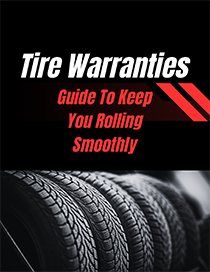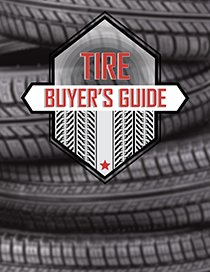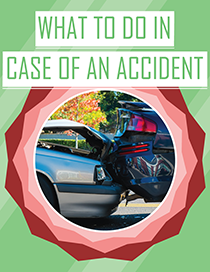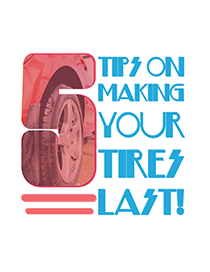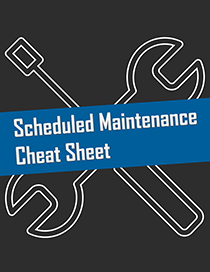Back-to-School Driving? Don’t Skip These 3 Tire Safety Checks
As the back-to-school season kicks off, families everywhere are adjusting to new schedules, busy commutes, and the daily hustle of school drop-offs, after-school activities, and weekend errands. Whether you’re a parent getting the kids to class or a college student heading back to campus, your vehicle plays a big part in your routine. And when it comes to vehicle safety, your tires are the foundation.
Late summer is the perfect time to double-check your tires before the pace picks up. Here are three crucial tire safety checks to make before the school year gets into full swing.
1. Check Your Tire Pressure — And Don’t Rely on the Dash Light Alone
Proper tire pressure affects almost everything: how your vehicle handles, your fuel economy, and the life span of your tires. When your tires are over- or under-inflated, you lose traction, reduce efficiency, and increase the risk of blowouts — especially in the temperature swings of late summer.
Pro Tip:
Use a tire pressure gauge and compare the PSI to the recommended pressure listed inside your driver’s side door — not the number on the tire itself. Hot weather can cause tires to overinflate slightly, while cool mornings might cause underinflation, so check them at a consistent time of day when possible.
2. Measure Your Tread Depth — Especially If You’ve Been Driving All Summer
Your tires’ tread is what gives them grip on the road — and that matters most when things get wet or slick. Even if your tires “look okay,” shallow tread depth can drastically increase your risk of hydroplaning during those sudden late-summer thunderstorms.
The Penny Test Still Works:
Take a penny and insert it into the tire tread with Lincoln’s head down. If you can see the top of his head, it’s time for new tires. If you want a more precise read, we recommend coming in for a free tread depth check using a professional gauge.
3. Don’t Ignore Alignment or Rotation Needs
If your steering feels off, your car pulls slightly to one side, or your tires are wearing unevenly, you could be dealing with a misalignment. That may not seem urgent — but it causes tires to wear out faster and can affect how your car handles in emergency braking situations.
Tire rotation is just as important. It ensures all four tires wear evenly, extending their life and improving your ride quality. Most manufacturers recommend rotating your tires every 5,000 to 7,500 miles, or roughly every oil change.
Signs You’re Due:
-
You notice “cupping” or uneven patterns on the tire surface
-
Your ride feels bumpier than usual
-
You haven’t rotated them since last school year
Bonus Tip: Don’t Forget the Spare
Back-to-school prep often means checking backpacks and buying new supplies — but when was the last time you checked your spare tire? If you get a flat during carpool duty, you’ll be glad you did. Make sure it’s inflated and accessible, and that your jack is in good working order.
Final Thoughts: Safety Comes First — Especially with Kids in the Car
The school year is busy enough without the added stress of a tire problem. A quick inspection now can help prevent flats, blowouts, or expensive repairs later. And best of all, it gives you peace of mind — whether you’re navigating morning traffic or heading out on a weekend getaway.

